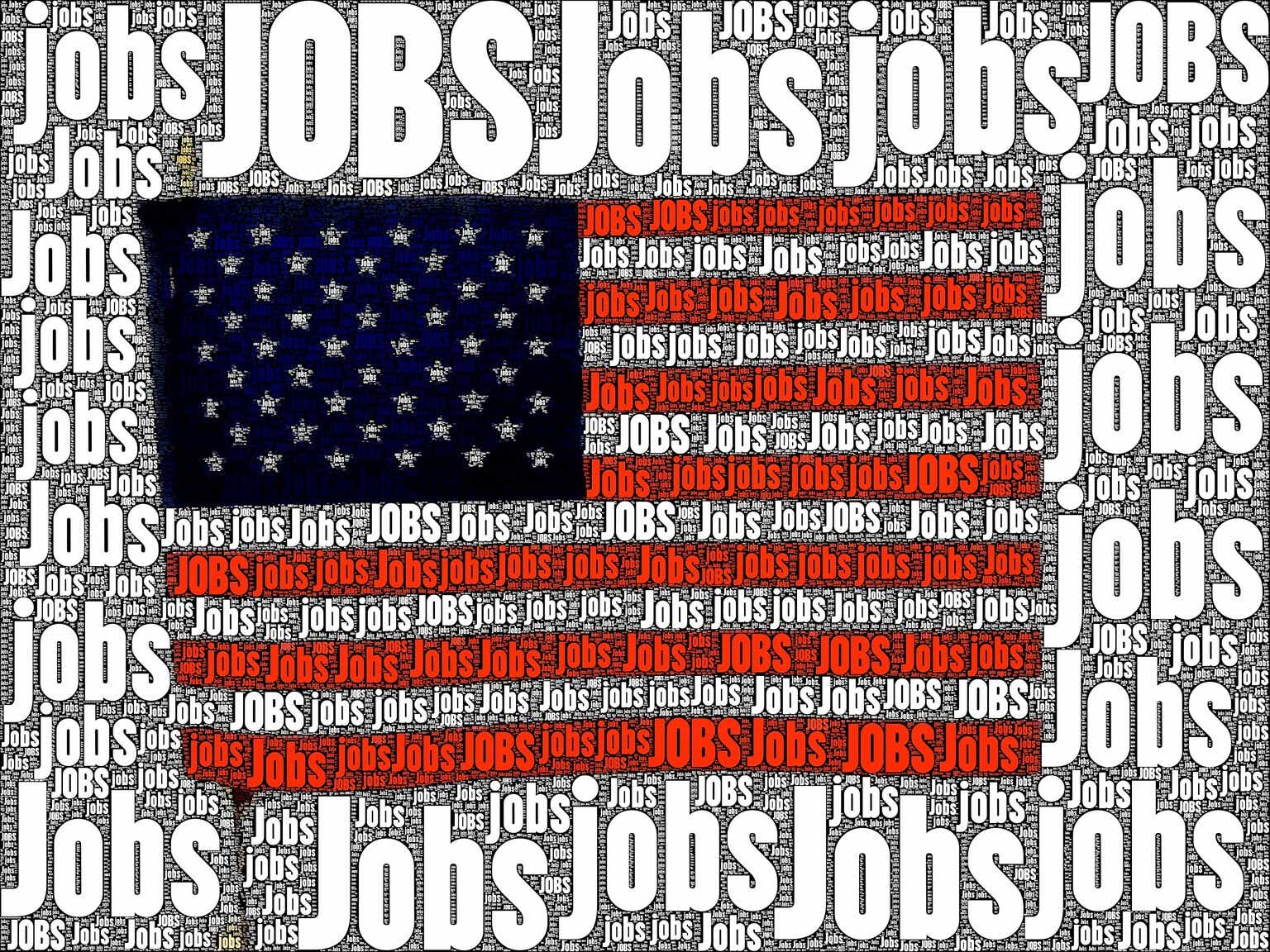Employment picture
Wall Street has now recovered nearly all the losses seen since “Liberation Day,” but the Federal Reserve’s job is getting a lot harder. The “data-dependent” central bank may have a hard time parsing through recent economic data before it meets next week, given the negative GDP reading that wasn’t really negative and hot inflation data that might not have been all that fiery. Next up is the potentially market-moving nonfarm payrolls report, which will be published today at 8:30 AM ET.
Snapshot: The average estimate of economists sees 130K added to U.S. payrolls, down from the 228K increase in March. Investors will also be looking at whether the March figure is revised lower, given that last month’s report came in much stronger than expected. The unemployment rate, though, is expected to remain at 4.2%, still near historic lows, while average hourly earnings are expected to rise 0.3% M/M, the same rate as in March. On a year-over-year basis, that translates to a 3.9% increase, up from 3.8% in the prior month.
Don’t make any big bets on market direction. If the numbers come in weak, that would be a bad sign for the economy, and stocks could head south on the news. Alternatively, it might mean the Fed could be more inclined to step in sooner, and equities could rally on the hope of rate cuts. The same equations can occur if the numbers come in stronger than expected, so it’s not a good idea to wager too much on the outcome of today’s report.
SA commentary: “The current labor market can be best described as a low-hire-low-fire market,” writes SA analyst Damir Tokic. “It seems that the labor market is still not weak enough to point to an imminent recession, given that companies are still reluctant to let go of their employees. This likely has to do with a chronic U.S. labor shortage, especially due to the currently stricter immigration policy. Thus, it is likely that the non-farm labor jobs for April remain positive. However, the question is whether new jobs are still being created, in aggregate.”






